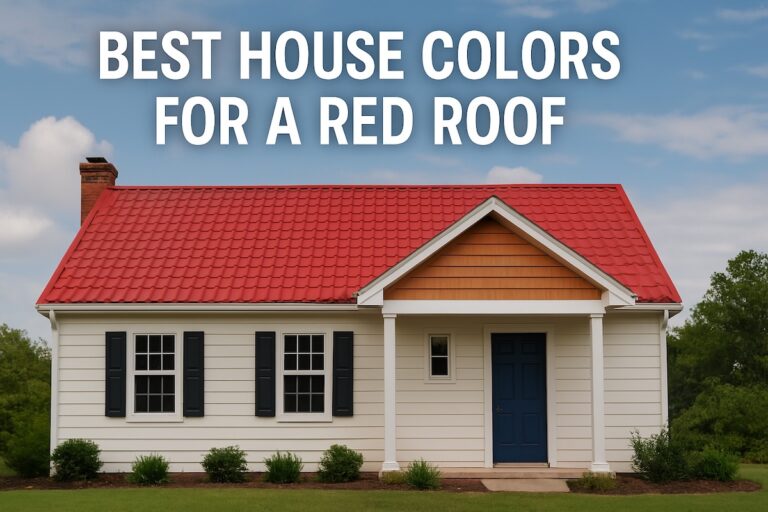Vinyl board and batten siding is a stylish, cost-effective option to upgrade a home’s exterior.
- It’s easy to install, durable, requires low maintenance, and can increase property value.
- The siding features a vertical design, common on barns and farmhouses, and is available in a variety of colors and textures.
- Benefits of vinyl board and batten siding include durability, minimal maintenance, improved insulation, and aesthetics.
- Alternatives to vinyl siding are wood, fiber cement, stone veneer, aluminum, and brick siding.
- The article explains the installation process, emphasizing the importance of professional installation for longevity and optimal performance.
- Tips on maintaining the siding include regular cleaning and prompt repairs if damage or wear is detected.
- CertainTeed, Ply Gem, Mastic, Alside, and Crane are popular manufacturers of vinyl board and batten siding.
- With proper installation and maintenance, vinyl board and batten siding can last up to 30 years.
- Drawbacks of vinyl board and batten siding include potential damage from high winds and hail, limited color choices, and a lower durability compared to other materials.
SECTION TAKEAWAY
- The selection of vinyl siding color is crucial for enhancing a home’s aesthetic appeal and value, impacting energy efficiency and playing a major role in maintaining its aesthetic integrity over time.
Vinyl Board and Batten Siding is an excellent way to upgrade your home’s exterior, adding a touch of style to any home. It is a great choice for those looking to increase their property’s value, as well as those looking to make their home look more modern and inviting. Vinyl Board and Batten Siding is easy to install and maintain, so you will be able to enjoy your new exterior for years to come. It’s also a low-maintenance and durable solution that can help protect your home from the elements. Plus, it is a cost-effective option that will help keep your wallet happy. With Vinyl Board and Batten Siding, you can create a beautiful, customized look for your home that will leave your neighbors envious.
What is Board and Batten Siding?
Vinyl Board and Batten Siding is a style of siding that features a vertical design. This vertical siding style is commonly used on barns and farmhouses but is gaining in popularity for use in residential homes. Vinyl Board and Batten Siding is made from durable vinyl, a type of siding that is designed to withstand harsh weather conditions. This type of siding is also low-maintenance and easy to install. It comes in a variety of colors and textures and can be used to accentuate a home’s architectural features. With its classic look and modern benefits, Vinyl Board and Batten Siding is an excellent choice for homeowners who are looking to add a timeless look to their homes.
The Benefits of Installing Vinyl Board and Batten Siding
We’ve answered whether you can paint your vinyl siding, but the more important question is whether you should paint your vinyl siding. There are 2 options on the table instead of painting vinyl siding: replacing vinyl siding or cleaning and restoring vinyl siding:
Easy to Install and Maintain
Vinyl board and batten siding is an easy and efficient way to give your home a unique and attractive look. It can be installed quickly, with no need for special tools or skills. It also requires minimal maintenance, as it is designed to stand up to the elements and last for many years. Since vinyl siding is colorfast and does not require painting or staining, it is virtually maintenance-free. The only maintenance that is required is an occasional rinse with a garden hose to keep it looking its best.
Durability
Vinyl board and batten siding is an incredibly durable choice for homeowners looking to update their home’s exterior. It is made with a thick, solid PVC material and is impact-resistant, ensuring it can withstand the toughest elements of weather. It is also resistant to pests, rot, and mildew, making it a great choice for homeowners looking for a long-term solution. With vinyl board and batten siding, you can enjoy a beautiful, long-lasting exterior with minimal maintenance, making it a great option for homeowners looking to make a lasting impression.
Insulation
Properly insulating your house is essential if you want to enjoy long-term benefits. Vinyl board and batten siding can provide an extra layer of insulation to help keep your home warm in the winter and cool in the summer. This type of siding is extremely energy efficient and can help to significantly reduce your energy bills. With proper installation, you can enjoy the benefits of the siding for many years. Additionally, vinyl board and batten siding is designed to last for decades, and won’t degrade over time like some other types of siding.
Cost-Effectiveness
Vinyl board and batten siding is an incredibly cost-effective choice for your home. Not only is it made from vinyl siding, a durable, long-lasting material, but it is also easy to install and requires minimal upkeep. This makes it ideal for those looking to save in the long run because you won’t have to spend a fortune on repairs or replacements. Additionally, vinyl board and batten siding is available in a variety of colors and textures, allowing you to customize the look of your home without breaking the bank. It’s no wonder vinyl board and batten siding is one of the most popular siding choices for homeowners today.
Aesthetics
Vinyl board and batten siding is quickly becoming one of the most popular siding options for homeowners all over the world. Vinyl board and batten siding is an ideal choice for homeowners who want to add a unique look to their home. Its classic aesthetic appeals to many, as it gives a home a traditional and timeless appearance. The vertical lines of the siding create a unique visual effect that can enhance the look of any home. Not to mention, vinyl board and batten siding is available in a wide range of colors, making it easy to match the style of any home. With vinyl board and batten siding, you can easily add a unique touch to your home without sacrificing quality.
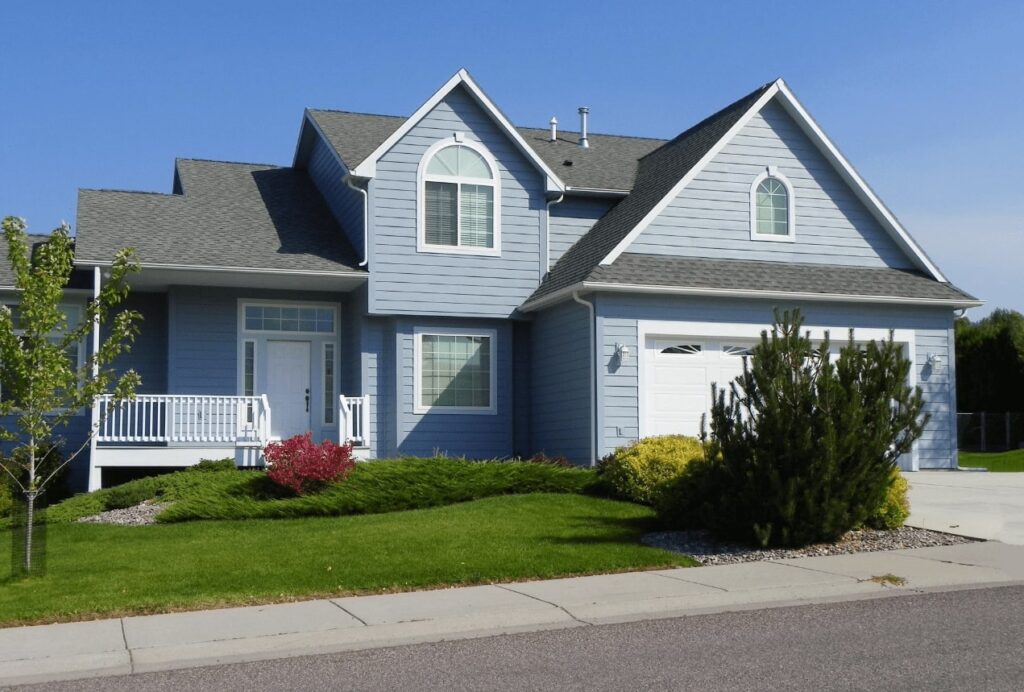
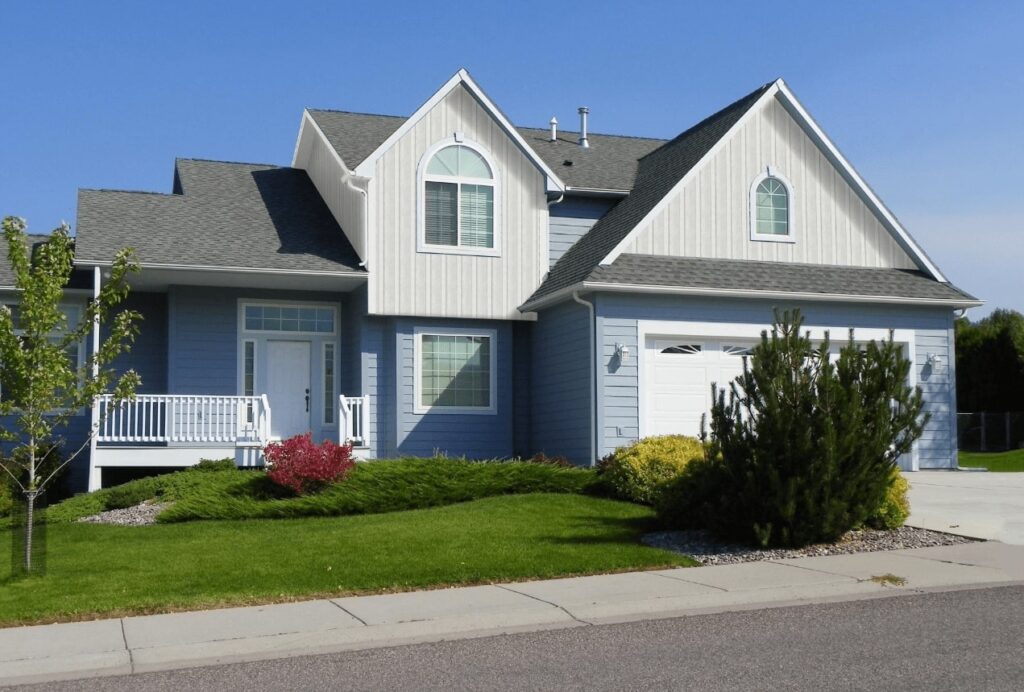
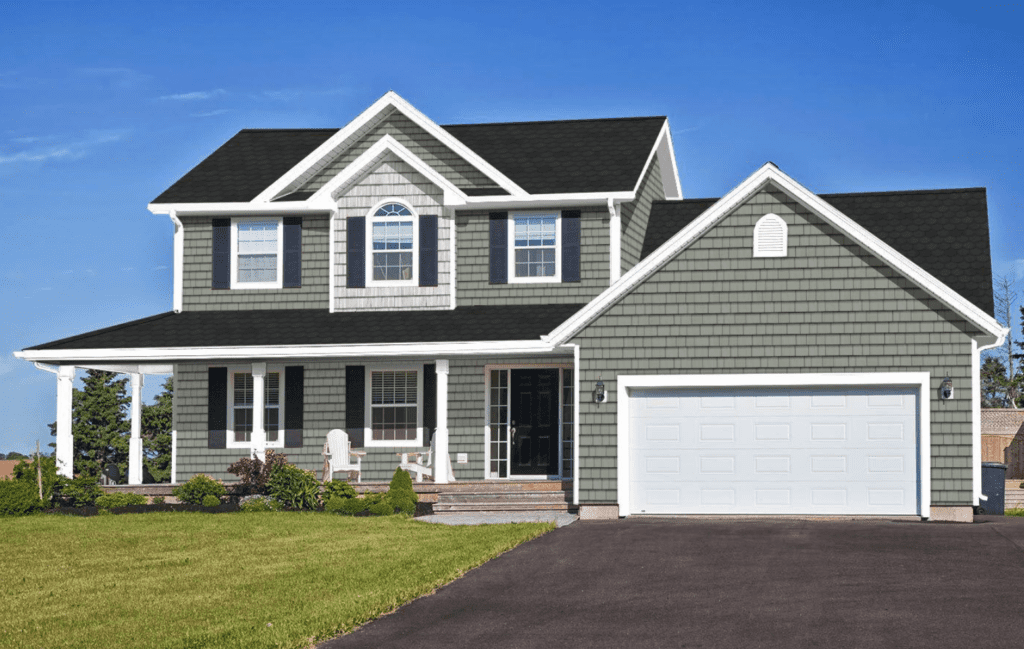
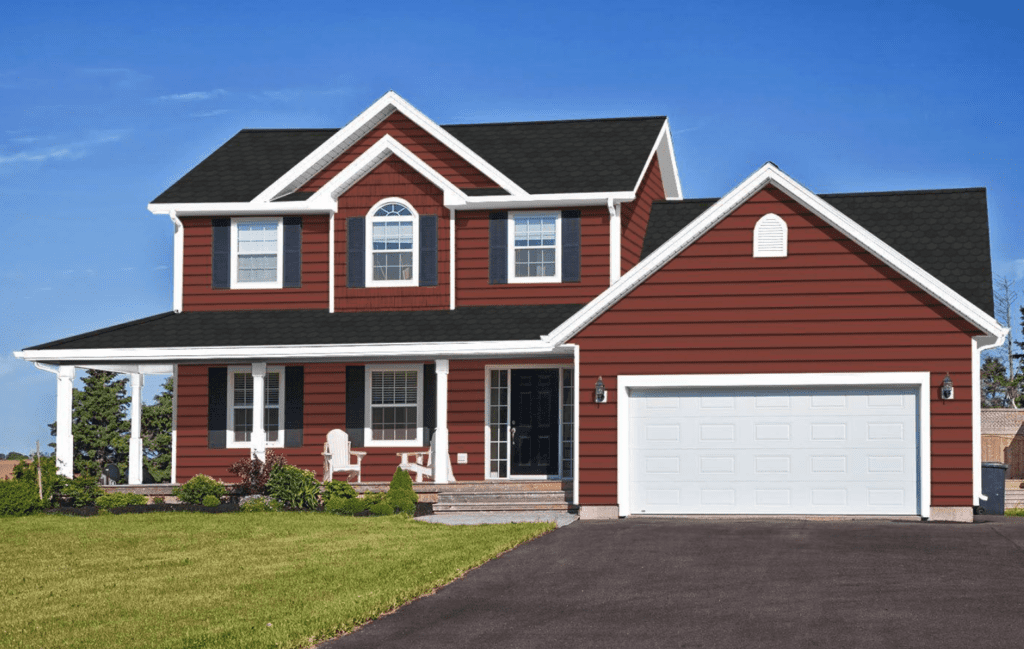
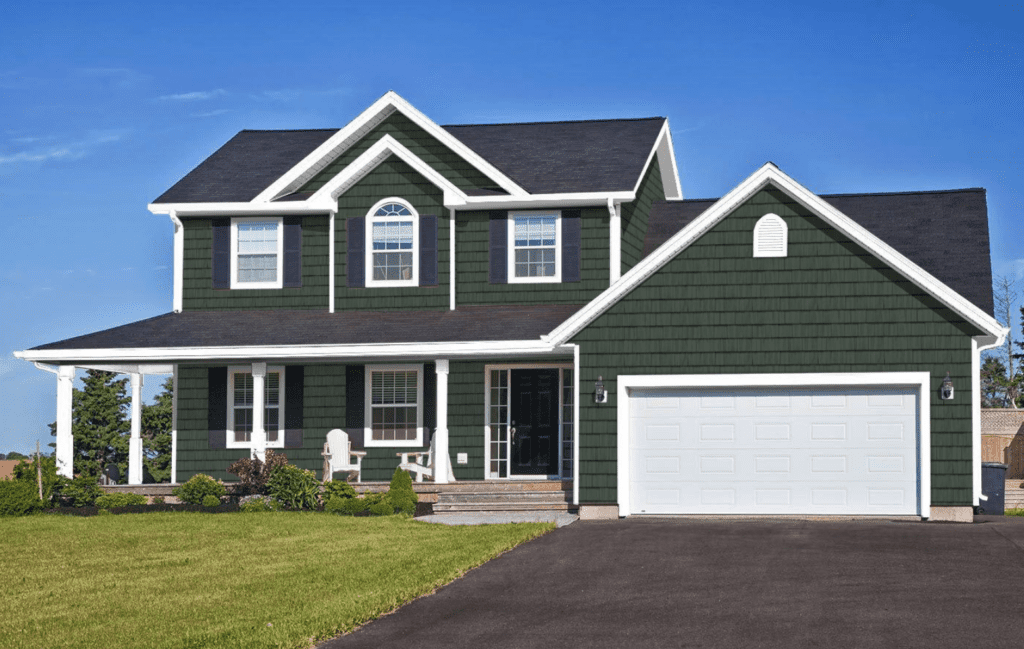
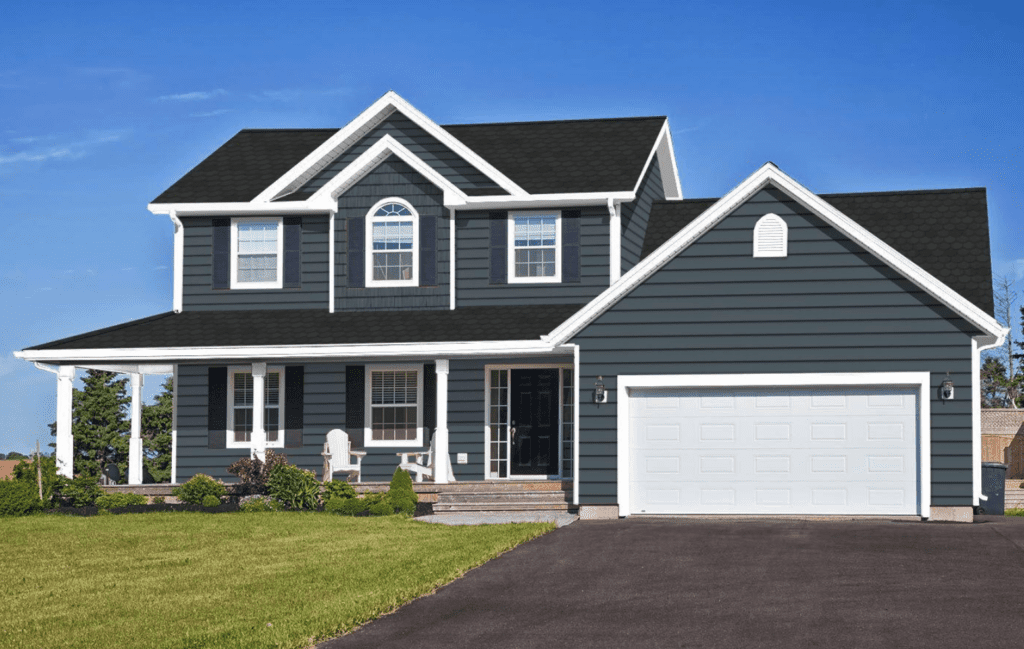
SIDING VISUALIZER TOOL
Design A Home In 5 Minutes
Help your homeowners visualize new siding and colors on their own home with Renoworks’ AI technology in seconds.
- Easy-to-use interface designed for contractors and professionals working with homeowners.
SECTION TAKEAWAY
- Vinyl Board and Batten Siding provides a versatile, cost-effective, and low-maintenance option for homeowners seeking a fresh, durable upgrade to their property’s exterior. Its classic vertical design is not only visually appealing, but it also offers enhanced durability and insulation, contributing to long-term energy efficiency, increased property value, and enduring aesthetic charm.
Board and Batten Alternatives to Vinyl Siding
Wood Siding
Wood siding, both natural and engineered wood, presents an attractive alternative to vinyl siding for board and batten designs. Natural wood siding offers unmatched beauty and authenticity, bringing warmth and character to any home, but requires regular maintenance to prevent rot, pests, and weather damage. On the other hand, engineered wood siding combines wood fibers and resins, providing the aesthetic appeal of real wood with enhanced durability and resistance to moisture, pests, and decay. It also offers greater stability, reducing the risk of warping and cracking, and often comes pre-primed for easier painting or staining. While natural wood siding provides timeless charm, engineered wood siding offers a practical, lower-maintenance option with similar visual appeal, making it a versatile and eco-friendly choice for board and batten applications.
Fiber Cement Siding
Fiber cement siding provides a beautiful, long-lasting and durable solution to traditional vinyl siding. It is also a great insulator and will help to reduce energy costs. Fiber cement siding is more expensive than vinyl siding, but it’s worth the investment for its durability and longevity. It can also be painted easily and comes in a variety of colors and textures, allowing for more design options.
Stone Veneer Siding
Stone veneer siding is a popular alternative to vinyl board and batten siding. Unlike vinyl siding, stone veneer siding is made from real stone, giving it a much more attractive and natural appearance. Stone veneer siding is also much more durable than vinyl siding and can last for decades without needing to be replaced. However, stone veneer siding is more expensive than vinyl board and batten siding and can be more vulnerable to weather-related damage, such as cracking and discoloration.
Aluminum Siding
Aluminum siding is a popular alternative to vinyl siding, and it has several advantages over vinyl siding. Aluminum siding is less expensive than vinyl siding and can last much longer. It is also durable, requires minimal maintenance, and is available in a variety of colors and textures to customize the look of your home. However, one of the drawbacks of aluminum siding is that it is more prone to denting and can be more challenging to install.
Brick Siding
Brick siding is a popular alternative to vinyl board and batten siding. Brick siding provides a more rustic look that adds timeless charm to any home. While brick siding is more expensive than vinyl siding, it is more durable and requires minimal maintenance. It is also fire-resistant and adds an extra layer of insulation, making it a great choice for those looking for energy efficiency. Additionally, brick siding offers a wide variety of colors and textures, allowing for a more custom look.




SIDING VISUALIZER TOOL
Design A Home In 5 Minutes
Help your homeowners visualize new siding and colors on their own home with Renoworks’ AI technology in seconds.
- Easy-to-use interface designed for contractors and professionals working with homeowners.
SECTION TAKEAWAY
- The installation of Vinyl Board and Batten Siding is a detailed process that requires accurate measurement, precise installation, and professional expertise to ensure durability and weather resistance. Despite its low maintenance appeal, periodic cleaning and inspection are crucial to uphold the siding’s aesthetic appeal and performance, extending its lifespan and preserving your home’s exterior integrity.
The Installation Process of Vinyl Board and Batten
- Before beginning the installation process for vinyl board and batten siding, make sure to measure the area you plan to cover and have the necessary supplies.
- Begin the installation process by starting at the bottom and working your way up. Make sure to use a level to make sure each row is straight.
- Once each row is in place, secure it with nails or screws.
- When attaching the top row, make sure to overlap the previous row to ensure a watertight seal.
- After all the rows are in place, add caulk to any exposed seams or joints to provide extra protection against water.
- Finally, install trim boards around the windows, doors, and corners for a finished look.
Importance of Professional Installation
Having professional installation of vinyl board and batten siding is incredibly important to ensure that it is installed properly and securely. Professional installers are well-versed in the correct methods and techniques to ensure that the siding is securely attached and that it will last for years to come. Not only will professional installation ensure that the siding is correctly installed, but it can also help to improve the overall performance of the siding as well as its aesthetic appeal. With a professional installation of vinyl board and batten siding, you can rest assured that your siding will look great and be able to withstand the elements for years to come. Professional contractors can typically install siding in as little as one day for smaller structures, while larger structures may take several days or even weeks to complete.
Maintaining Vinyl Board and Batten Siding
Vinyl board and batten siding is a great choice for homeowners looking for a low-maintenance exterior option. However, like all things, regular maintenance is needed to keep it looking its best. A few simple steps can go a long way in keeping your vinyl board and batten siding looking great year after year. The most important step is to clean the siding regularly. Use a soft brush and a mild detergent or soap to remove dirt, dust, and other debris. Be sure to avoid using a pressure washer or a stiff brush, as it is more likely to damage the paint than the siding material. Additionally, inspect your siding regularly for any signs of damage or wear, such as cracking, fading, or peeling. If any of these signs are present, quickly repair the siding to prevent further damage. Taking these steps will ensure that your vinyl board and batten siding looks great and provides lasting value for years to come.
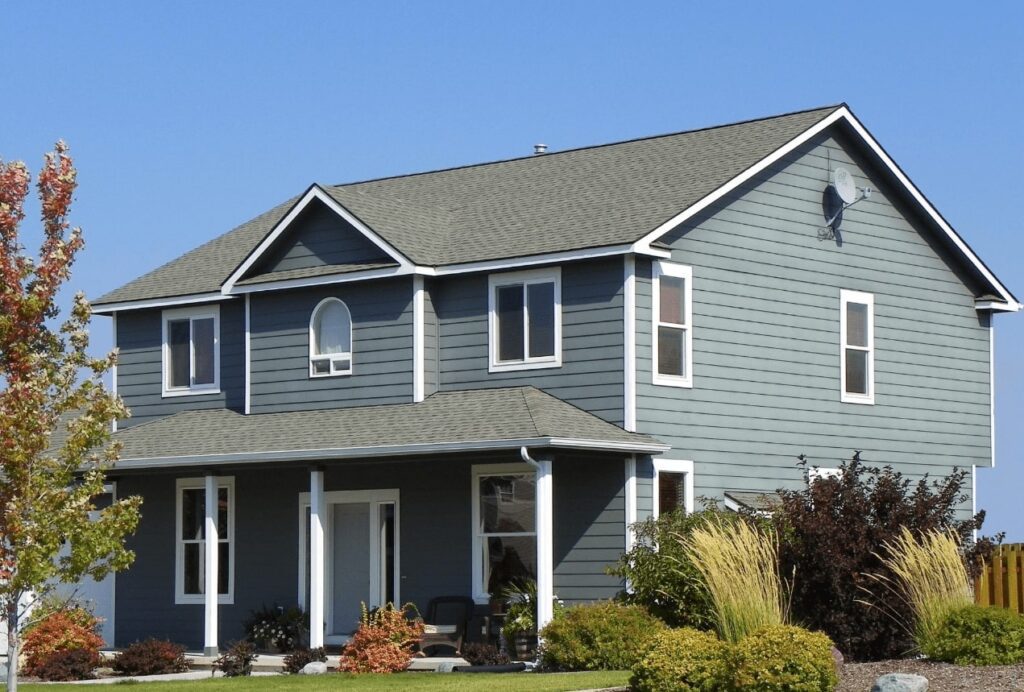
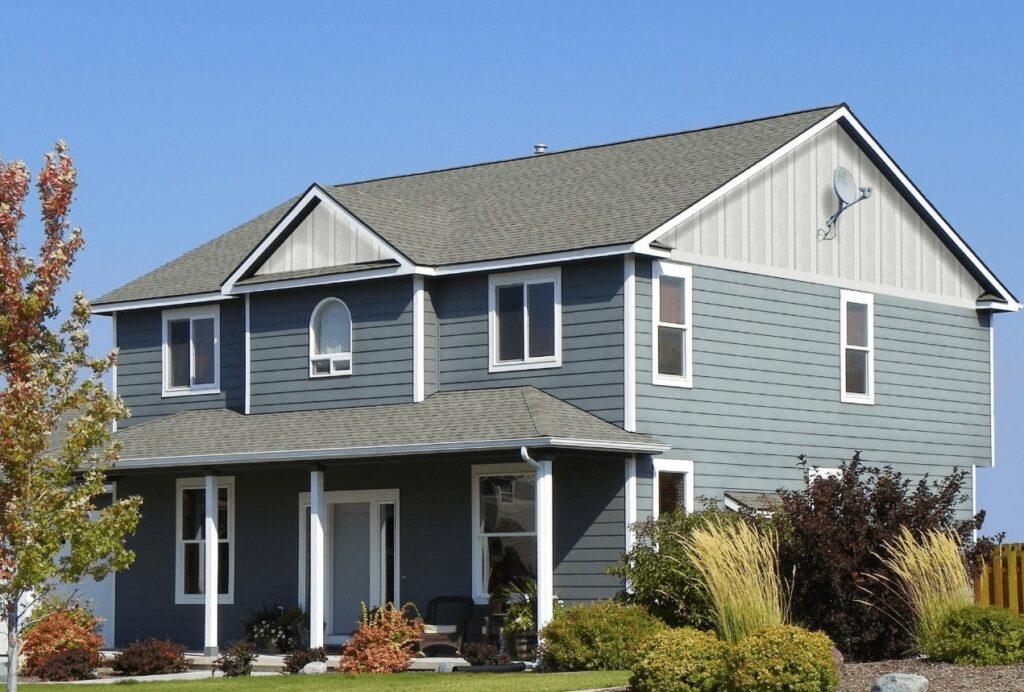
Most Popular Manufacturers of Vinyl Board and Batten
- CertainTeed: One of the most popular manufacturers of vinyl board and batten siding is CertainTeed. This brand offers a range of styles and colors to choose from, as well as durable construction that stands up to extreme weather conditions.
- Ply Gem: Ply Gem is another popular choice for vinyl board and batten siding. This brand offers a wide selection of colors and styles, as well as easy installation and low maintenance requirements.
- Mastic: Mastic is a well-known manufacturer of vinyl board and batten siding. This brand offers a range of styles, colors, and textures to choose from, as well as a lifetime warranty on products.
- Alside: Alside is a popular manufacturer of vinyl board and batten siding. This brand offers high-quality products with a variety of styles and colors to choose from, as well as a lifetime warranty for your peace of mind.
- Crane: Crane is another popular choice for vinyl board and batten siding. This brand offers a range of products that are designed to withstand extreme weather conditions, as well as a variety of colors and styles to suit any home.
FAQs
- What is the Average Cost to Install Vinyl Board and Batten Siding?
The average cost to install Vinyl Board and Batten Siding can vary significantly depending on the size of your home, the type of siding chosen, and the complexity of the installation. On average, you can expect to pay anywhere from $2.50 to $6 per square foot for materials and labor. This cost will also depend on the complexity of the job, the number of windows and doors, and the slope of the roof. If you are looking for a more affordable option, consider pre-painted vinyl siding which costs around $1.50 to $3 per square foot. In comparison, a higher-end option such as cedar board and batten siding will cost between $7 and $12 per square foot.
- How Long Will Vinyl Board and Batten Siding Last?
Vinyl board and batten siding is one of the most durable and long-lasting siding options available. With proper installation and maintenance, it can last for up to 30 years or more. It is also one of the most cost-effective siding options, with a lower upfront cost and minimal maintenance costs. Vinyl board and batten siding also has a higher resistance to weathering, meaning it is less likely to suffer from fading, cracking, or warping. With its high durability and low cost, vinyl board and batten siding is an excellent siding choice for any home.
- What are the Biggest Drawbacks to Vinyl Board and Batten Siding?
Vinyl board and batten siding is a popular choice among homeowners due to its low maintenance, affordability, and versatility, but that doesn’t mean there aren’t any drawbacks. The biggest drawbacks include the lack of durability, limited color choices, and potential damage from high winds and hail storms. Vinyl siding is not as resistant to damage as other materials, which means it may need to be replaced more often than other materials. Additionally, vinyl board and batten siding only come in a few colors, so it may not match the existing aesthetic of your home. Finally, vinyl siding is more vulnerable to damage from high winds and hail storms, so it may need to be replaced more often in areas with frequent high winds and hail.




SIDING VISUALIZER TOOL
Design A Home In 5 Minutes
Help your homeowners visualize new siding and colors on their own home with Renoworks’ AI technology in seconds.
- Easy-to-use interface designed for contractors and professionals working with homeowners.
Related Articles
Continue exploring this topic with these related articles, or read one of our case studies to see how visualization has helped remodelers save time and increase their profits.




